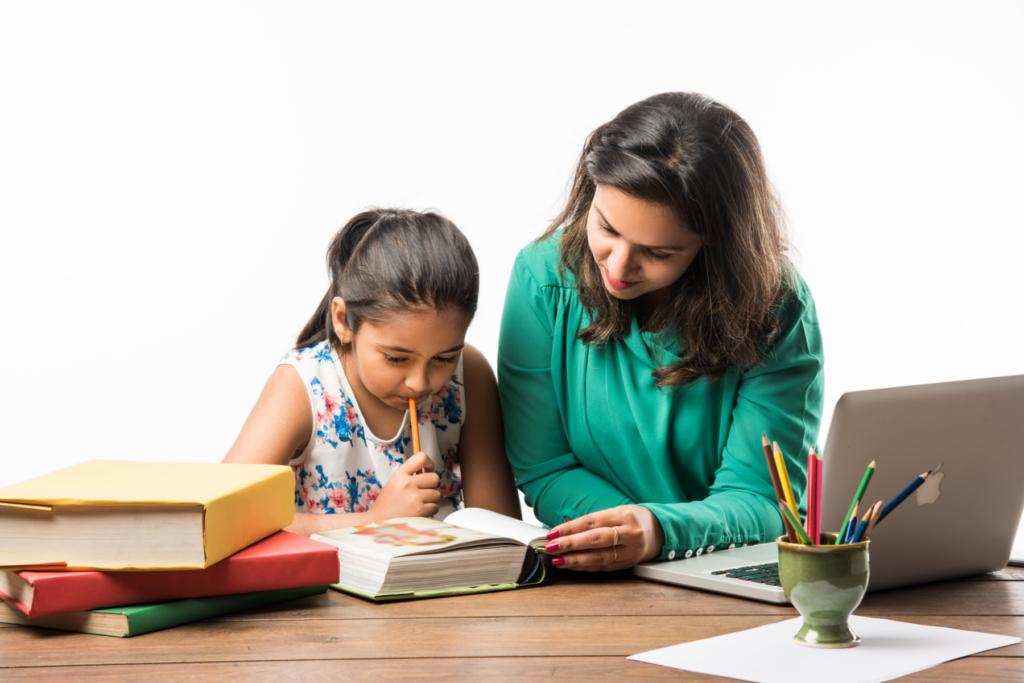
As a published author, journalist and educator, I have experience working with children with and without learning disabilities. I’ve been a teacher for nine years and learned different techniques in educating children who may have a learning disability.
As a parent, instilling hopes and dreams within your child is encouraged! However, are you doing this in a way that inspires them or are you pushing too hard? Do you help your child with their homework? Or do you place your trust entirely in the hands of educators?
Become an educator at home
Trust educators, but become one too — at home. Help your child with their homework; this will, in turn, help you observe, recognize and acknowledge your child. Homework help and encouraging phrases can make a difference in both your parent-child relationship and in your acknowledgment of their level of knowledge intake.
In return, your children will notice how much you truly care for their educational development, thereby inspiring them to work even harder. During this process, you may notice that your child has a learning disability such as ADHD, ADD, dyslexia, autism, social anxiety or a mixture of some/all of these in their varying levels of intensity.
First, catching a learning disability early is a good thing! Get your children the guidance and support that they need. This will help your children develop strategies to battle and conquer their learning disability by developing certain knowledge-intake strategies. This is where teamwork comes in: student, teacher, parents, school counselor(s) and principal.
[Read Related: Let’s Talk About the Desi Hypocrisy With Autism and How You Can Help]
We shouldn’t ignore the existence of learning disabilities simply because they don’t fit into our South Asian social norms. They’re not taboo or figments of the imagination.” “Taare Zameen Par” with Amir Khan, anyone?! Ah, so you get it!
How can you tell if your child has a learning disability?
-
Age and Development
It’s important to understand how a child’s knowledge is expected to develop at certain age levels. Between the ages of six and seven, your child should be learning to say, recognize and write the alphabet and numbers. Between the ages of eight and nine, they should be able to solve the simplest math problems. Eventually, they should be able to understand how to deeply analyze literature by the age of fifteen.
According to the NHS, any sign of ongoing, consistent struggle with these may mean that the child has dyslexia. A solution could be to add audio along with reading comprehension assignments and reading instructions aloud in addition to computer support.
-
Behavior and Attitude
Sometimes, in the classroom and at home, a child may become easily frustrated with schoolwork and homework, developing low self-confidence. This may result in erratic outbursts. This child may suffer from ADHD, autism or ADD. Yelling at the child won’t develop any results.
This child needs a one-on-one conversation: “Tell me how I/we can help you? What can I/we do to make you feel more comfortable?” It might be something as simple as a change in the seating chart or as advanced as a structured or catered/simplified assignment. This child also requires extra time for assignments. Such methods are what teachers call “differentiation,” whereby the teacher caters to the needs of students at both an individual and class level.
-
Concentration level/Listening
If your child is easily distracted by the slightest noise or activity during a lesson or homework session, they may have either Attention Deficit Hyperactivity Disorder or Attention Deficit Disorder (ADHD or ADD). They may also lack motivation and are often forgetful with little to no understanding of how to organize or manage their time.
Educators are encouraged to develop stimulating lessons with breaks in between. This will help capture and maintain a child’s concentration. They can also, together with the parents and student, develop a structured time management plan or a means of organizing the lessons, assignments and homework for the student. This is especially beneficial to children with ADHD or ADD. Moreover, children need constant feedback, sentence starters and breaks in between lessons to walk around. They may also benefit from structured lessons, clear, short and concise instructions, extra time to hand in work, positive reinforcement, and devices like noise-canceling headphones.
[Read Related:Now Desi Me, Now They Don’t: Growing up With Asperger’s as a South Asian-American]
-
Speaking
If your child doesn’t want to be around a large group of people, experiences paranoia, cannot make eye contact and stutters or stays mute when speaking to someone, they may have social anxiety or autism according to NHS and autismspeaks.org. In such cases, the student needs to sit next to someone they are comfortable with or perhaps even next to a door in case they feel the need to leave a crowded room. If required to speak, this student may need the opportunity to do so one-on-one with the teacher or record their voice on a device. This child requires extra time for assignments, catered/simplified assignments, clear/step-by-step instructions and one-on-one attention.
Is the South Asian community going to gossip about the “imperfection” of your child? Perhaps. Should you care? No! Your children are your priority, so give them the time and support that they need from you even if it’s as simple as helping them with their homework. Learning disabilities will likely stay with them their entire lives. However, with the right tools, resources and support both at home and at school, your children will develop the learning strategies they require to prevail.




